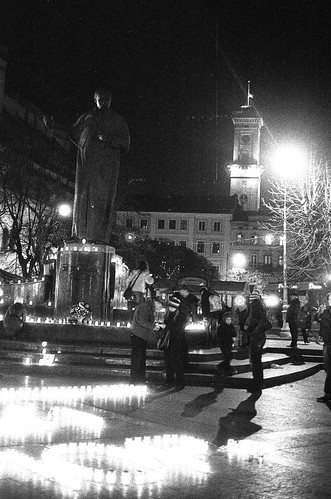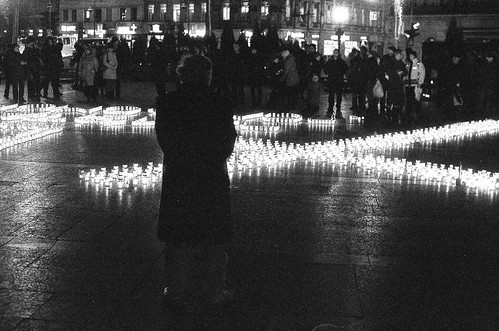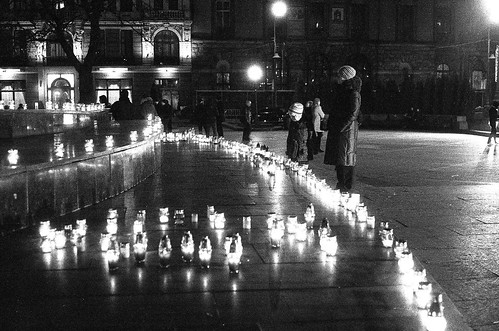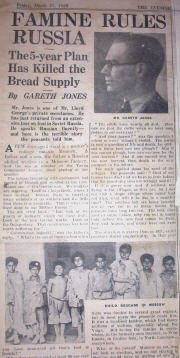(Läsningstid: 2 minuter)This is an open letter from the blog Stop Robbialac.
Recently, a Portuguese painting company, Robbialac, has created a brand new color, with a name of “Vermelho Estaline” (Red Stalin). Decision of its own management and creative department can be verified in company’s Web products catalog (page number 8, right side, down of the page).
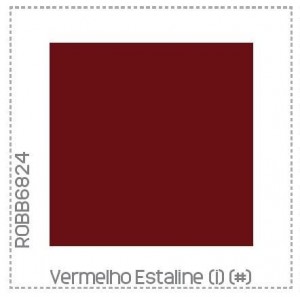
Personally, I have consider this decision as a cynic and sinister way to obtain commercial gains based on inhumane suffering, blood and tears of millions de citizens of Central and East Europe, Central Asia and Caucasus.
Also, I have deeply doubt, that Robbialac managements hasn’t no information about horrors of Ukrainian Holodomor, massacre of Polish officers and civilians in Katyn or about system of Soviet concentration camps, generically known as a GULAG.
Based in all this data, I assume me personal responsibility and duty to not buying any Robbialac products, till a company will take of the market this genocidal paint and will publically ask for forgiveness, to millions of victims of Stalinist tyranny in Europe or in any place in the World.
If you are agreeing with my position, please, contact Robbialac painting to show to the company your own civic position:
robbialac@robbialac.pt
Telephone in Portugal: + 351 21 994 77 00
Fax in Portugal: +351 21 994 77 94
Green Line in Portugal: +351 800 200 725.
Permanent address of this news
http://stoprobbialac.blogspot.com/2010/04/stop-robbialac-stalinism.html
Best regards,
Jest Nas Wielu,
Citizen & Blogger,
Maputo, Mozambique
Blog
About this civic campaign on CNN


